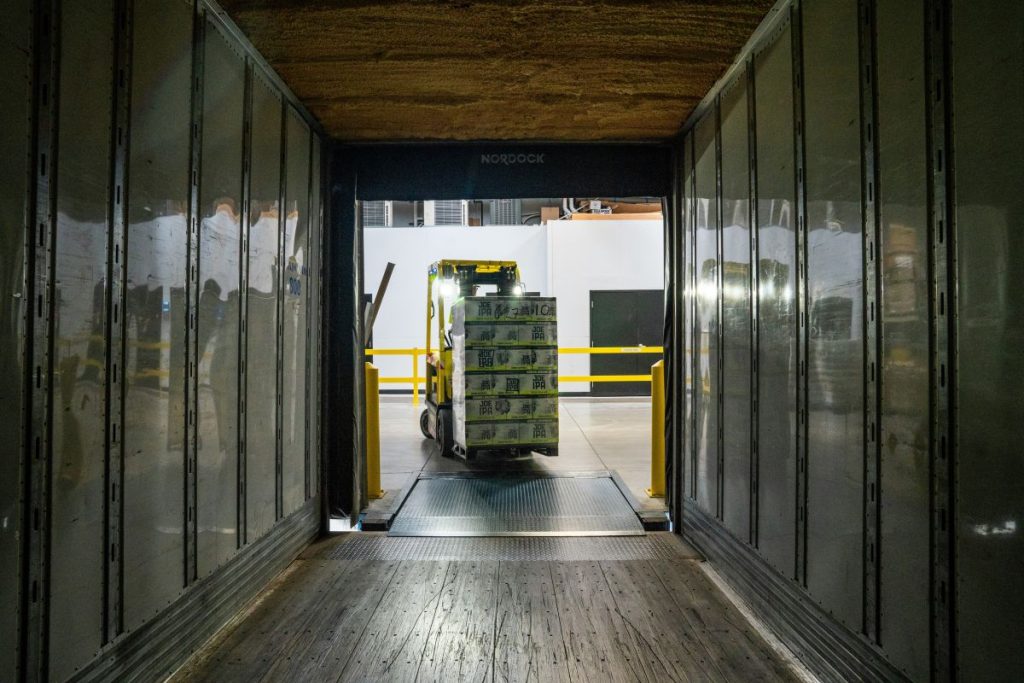Why Static Inventory Strategies No Longer Work
Traditional inventory management has long relied on forecasting models that aim to predict demand with precision. Companies have fine-tuned just-in-time systems, lean supply chains, and historical trend analysis to maintain efficiency. But in today’s unpredictable market, these rigid strategies are proving insufficient. Geopolitical instability, shifting consumer behaviors, and unpredictable disruptions demand a more adaptive, real-time approach to inventory.
The pandemic exposed the vulnerabilities of over-optimized inventory systems. Companies that built lean, cost-efficient supply chains found themselves unprepared for demand surges, while those holding excess stock struggled with liquidity issues. Since then, businesses have recognized that flexibility, not just efficiency, is the key to resilient inventory management.
The Shift Toward Dynamic Inventory Optimization
Leading organizations are moving beyond traditional inventory models by embracing more dynamic, data-driven strategies. Advanced analytics, real-time visibility, and AI-powered insights are allowing companies to balance efficiency with responsiveness.
Predictive analytics is now guiding stock decisions with greater accuracy, factoring in global supply risks, weather patterns, and economic shifts. Machine learning models are enabling companies to simulate different demand scenarios, helping businesses prepare for uncertainty rather than react to it. AI is also optimizing reorder points and safety stock levels in real time, ensuring companies maintain just enough buffer stock without excess waste.
Digital twins—virtual models of supply chains—are becoming a powerful tool for scenario planning. Companies can test inventory strategies before implementing them, avoiding costly mistakes. Combined with IoT-enabled tracking, these technologies provide instant insights into inventory movement, making supply chain agility a reality rather than a theoretical goal.
Building a More Flexible Inventory Strategy
The future of inventory management is rooted in adaptability. Companies are diversifying suppliers, increasing regional sourcing, and building multi-node distribution networks to improve responsiveness. Holding strategic safety stock is no longer seen as wasteful but as a necessary investment in supply chain resilience.
Collaboration between procurement, logistics, and finance teams is becoming a critical differentiator. Businesses that break down silos and integrate supply chain data across departments can make more informed decisions. By leveraging real-time insights, they can react quickly to disruptions and optimize stock positions based on live demand signals.
Automation is also playing a greater role. Robotics in warehouses, automated demand sensing, and AI-driven procurement platforms are helping businesses reduce manual inefficiencies. These technologies allow companies to pivot inventory strategies with speed, ensuring they can meet demand fluctuations without excess carrying costs.
Inventory Management in a World of Constant Change
The companies that thrive in the coming years will be those that treat inventory management as a strategic advantage rather than a fixed process. Investing in predictive technology, supply chain visibility, and flexible fulfillment models will separate industry leaders from those struggling to keep up.
The question is no longer how to optimize for cost alone but how to build resilience without sacrificing profitability. Companies that can adapt their inventory strategies in real time will gain a lasting competitive edge in an increasingly complex global market.




